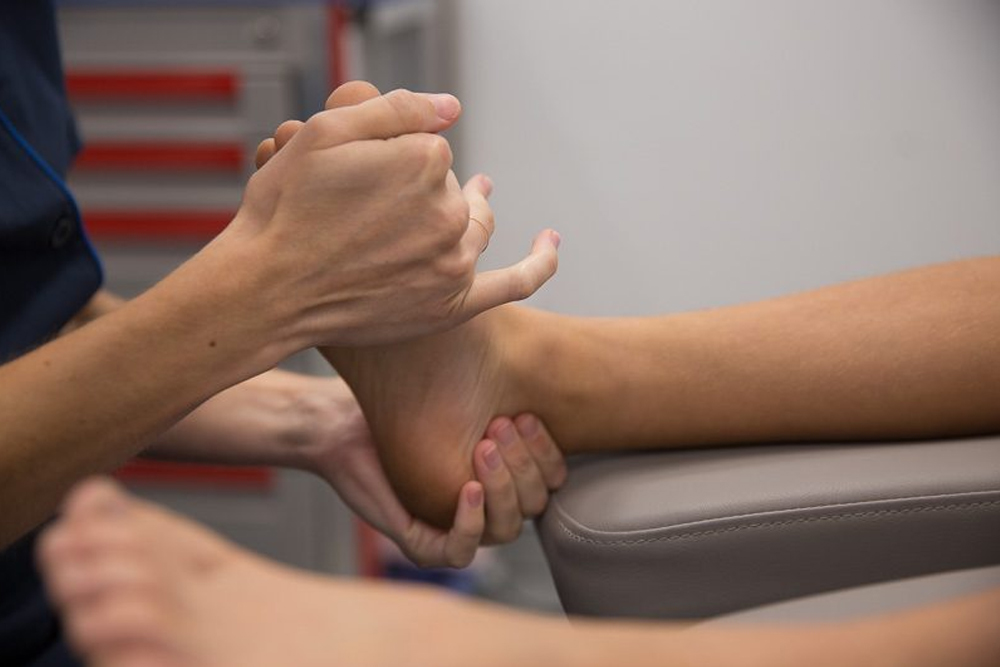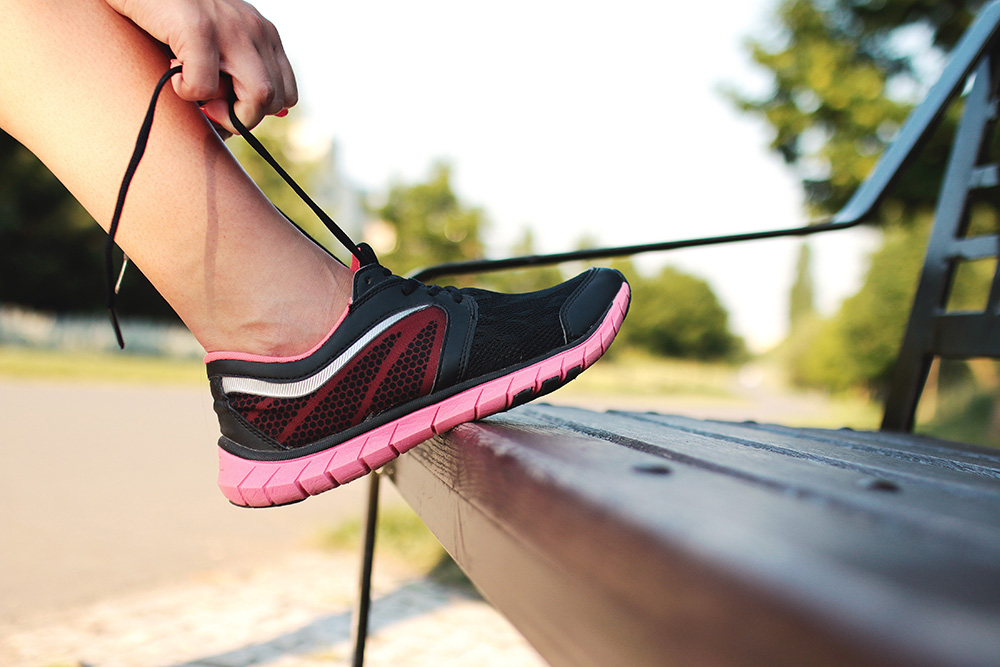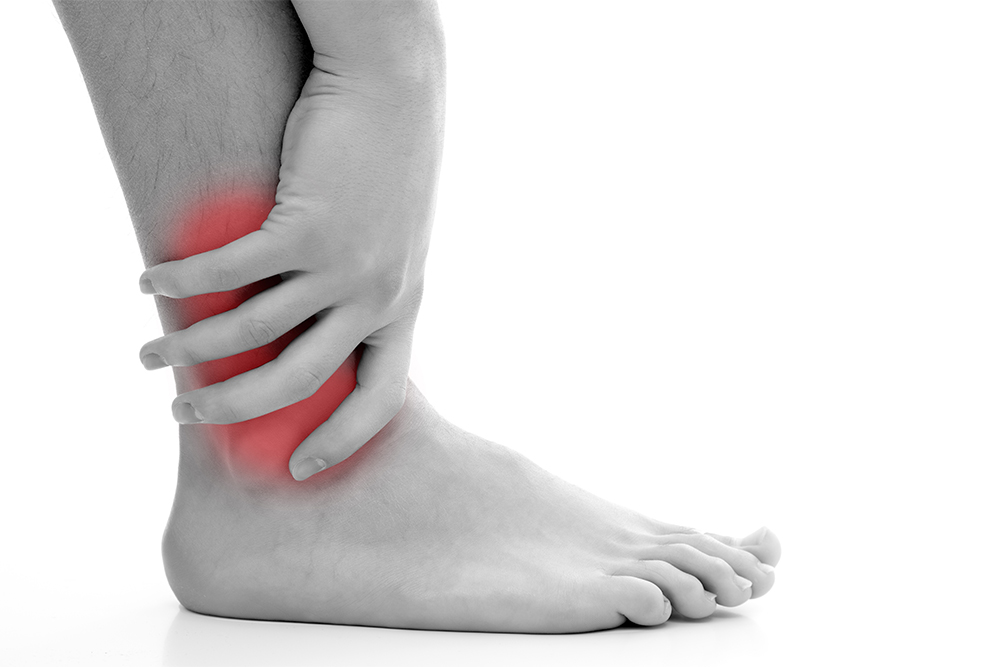
The 2019 AFL Grand Final is fast approaching at the MCG, and we can’t wait to see who will top the finals list and take it out. Today, we thought we’d turn our attention to the other growing list in AFL – the 2019 injury list.
Given the volume of injuries that has seen even professional players out for games or even seasons, we thought we’d share our top four AFL injuries that social players come to us for help with – and what you can do to help prevent them.
1. Hamstring Injury
This season, hamstring injuries have seen 15 premiership players sit out a game, or the season, due to hamstring injuries. Most commonly, this is a hamstring strain that occurs when the hammies are placed under excess tension that leads to tears in the muscle fibres. With the constant kicks and running in AFL, this is a high-risk injury that can feel like a burning or sharp pain at the back of the thighs. Our patients may also experience bruising and swelling in this area.
Prevention tip: Make sure you warm up the hamstrings and stretch well before and after every game and practice. Work on strengthening not just the hamstrings, but the gluteal muscles, your hips and your calves too.
2. Knee Injury
As of the end of August, knee injuries have also claimed games for 15 premiership players. For our patients, the most common causes of knee injuries in AFL are:
- Anterior cruciate ligament (ACL) injuries
- Patella tendon injuries
Your ACL is the major stabilising ligament in your knee that stops your femur (thigh bone) from sliding forward on your tibia (shin bone). When it is injured or torn, it is not only painful but can leave you feeling unstable and weak on your knee. These injuries are caused by the quick changes in direction when you’re running, as well as from tackles and collisions.
Your patella tendon connects your knee cap to the top of your tibia. It also connects to the quadriceps tendon at the knee cap, and these work together to straighten the knee when you walk and run. If you injure or tear your patella tendon, you’ll feel pain and often get swelling just below your knee. If you can no longer straighten your knee, you have likely ruptured your patella. This can occur from incorrectly landing jumps and from falls.
Prevention tip: Strengthen, posture and brace. Work specifically on strengthening your quads and maintaining good mobility through your knees. Your posture and alignment during movements like squats can impact your knees – so focus on maintaining a good technique. If you feel a niggle in your knee, add protection through a brace or compression bandage when you’re training or playing a game.
3. Ankle Injury
Ankle sprains are the most common ankle injury we see by AFL players, and this season seven premiership players have been suffering from these. Ankle (inversion) sprains occur when the foot twists inwards and the ankle rolls outwards, straining the ligaments on the outside of the ankle.
Depending on the severity of the sprain, it can quickly become very difficult to put any weight on the ankle, and it may swell or bruise. It is the quick changes in direction throughout the game that make this a common injury, but if it’s not well-managed, may turn into chronic ankle instability.
Prevention: Taping, bracing, strengthening and footwear. If your ankles feel weak or you have suffered ankle sprains previously, taping or bracing the ankles to improve stability and reduce the likelihood of further injury is a great place to start. You can also work to strengthen the ankle, and ensure you wear supportive footwear that keeps the ankle firmly supported and stable inside the shoe – as opposed to soft materials that let the ankle roll around uncontrolled.
4. Foot Injuries
Foot injuries have brought down five AFL premiership players this season, with the most common injury among our patients and professional players being fractures. Two types of fractures need mentioning here – standard fractures and stress fractures.
Standard fractures result from high impact and trauma to the bone that, in that moment, causes a bone fracture. Stress fractures develop gradually over time from repeated stress on a bone. This commonly affects the bones of the feet as small cracks begin to develop. While you’ll feel immediate pain with standard fractures, stress fractures can start as a small niggle and gradually worsen to a severe pain.
Prevention: The first step is to not ignore any niggles or pains in your feet or legs. Pain doesn’t happen spontaneously – it always has a cause. When we can identify this cause, we can put the right treatment and prevention measures in place to stop it from worsening.
The second step is to have a biomechanical assessment with video gait analysis and in most cases 3D scanning, if you’re regularly partaking in high-intensity physical activity. This will help you understand what is happening with your feet and if any areas are taking on excess pressure, which may leave them vulnerable. This can be done at your My FootDr podiatrist clinic – you can learn more by clicking here.
While the four we’ve mentioned are the most common injuries we see, this seasons AFL players have also sustained groin injuries, calf injuries and hip injuries. At My FootDr, we believe that prevention is key to your long-term foot health and well-being. Our teams are trained to help you recover from and prevent sports injuries, and offer innovative treatment solutions when you are injured, such as orthotic therapy, shockwave therapy and world-class braces.
To book an appointment with your local My FootDr podiatrist, click here.





